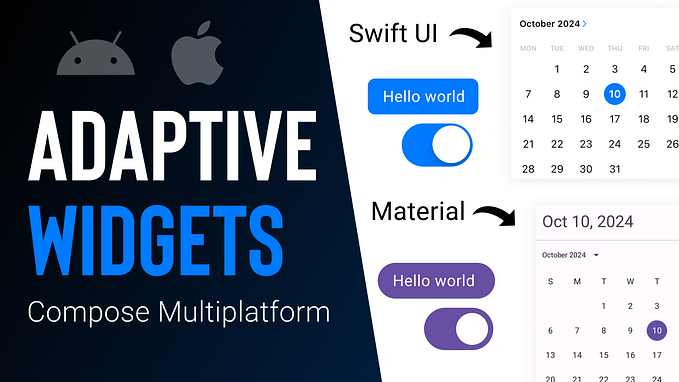Mastering Date and Time Management in iOS with Kotlinx DateTime: A Step-by-Step Guide
Transitioning between Swift and Kotlin can seem daunting, but with the right approach, it can be a seamless experience. Whether you’re integrating Kotlin-based libraries into your Swift projects or migrating parts of your app from Swift to Kotlin, understanding the nuances of both languages is key. This guide will explore how to manage date and time functionalities using Kotlinx DateTime in iOS, offering clear, step-by-step instructions to ensure a smooth transition. By the end, you’ll have the tools and knowledge to effectively handle date and time operations in your iOS applications, leveraging the power of Kotlinx DateTime alongside Swift.
Transitioning from NSDate in Swift to Instant in Kotlin Multiplatform can be straightforward if approached correctly. Here’s a step-by-step guide to achieve this:
1. Understanding NSDate and Kotlin Instant
NSDate: In iOS development with Swift,NSDateis used to represent a single point in time. It is commonly used for date and time operations.Instant: In Kotlin, especially with Kotlinx DateTime,Instantrepresents a moment on the timeline in UTC with nanosecond precision. It’s a modern way to handle date and time.
2. Setting Up Typealias and Actual/Expected Functions
In Kotlin Multiplatform, use the expect and actual keywords to define platform-specific implementations. We’ll create a typealias for NSDate and define the conversion logic.
// Common code (shared module)
import kotlinx.datetime.Instant
expect class PlatformDateTime
expect fun PlatformDateTime.fromPlatform(): Instant3. Implementing the Expected Function for iOS
In your iOS-specific source set, implement the PlatformDateTime and the fromPlatform function.
// iOS-specific code (iosMain source set)
import kotlinx.datetime.Instant
import kotlinx.datetime.toKotlinInstant
import platform.Foundation.NSDate
actual typealias PlatformDateTime = NSDate
actual fun PlatformDateTime.fromPlatform(): Instant = toKotlinInstant()Actual typealias
In Kotlin Multiplatform,
actual typealiasis used to provide a concrete implementation for a type alias that is declared in the common code using theexpectkeyword. This mechanism is part of Kotlin's multiplatform capabilities to support platform-specific implementations while sharing code across different platforms.
4. Passing NSDate to Kotlin Multiplatform
Finally, you can call the Kotlin function from your Swift code, passing the NSDate instance directly and receiving an Instant.
// Swift code
import SharedCode
let date: NSDate = ... // Your NSDate instance
SharedCodeKt.doSomething(date: date)5. Converting PlatformDateTime to Instant in Kotlin Multiplatform
The conversion logic resides in the Kotlin code, making it easier to maintain and update. By defining the conversion in the shared module, you ensure consistency across different platforms.
// Common code (shared module)
fun doSomething(date: PlatformDateTime) {
val instant = date.fromPlatform()
}By following this approach, the platform-specific details are encapsulated within Kotlin’s expect/actual mechanism, providing a clean and maintainable solution for converting NSDate to Instant in your Kotlin Multiplatform project. This ensures that your date and time handling is consistent and reliable across different platforms.
Conclusion
By following this step-by-step guide, you now have a solid foundation for managing date and time data in a Kotlin Multiplatform project. Converting NSDate to Instant allows you to leverage the power of Kotlinx DateTime while still maintaining native iOS functionality. With this knowledge, you can now work more efficiently and consistently with date and time functionalities in both Swift and Kotlin. If you have any questions or comments, feel free to share them. Let’s continue to build robust multiplatform applications together.
For the complete code examples and more detailed explanations, you can find the full project repository on GitHub.







